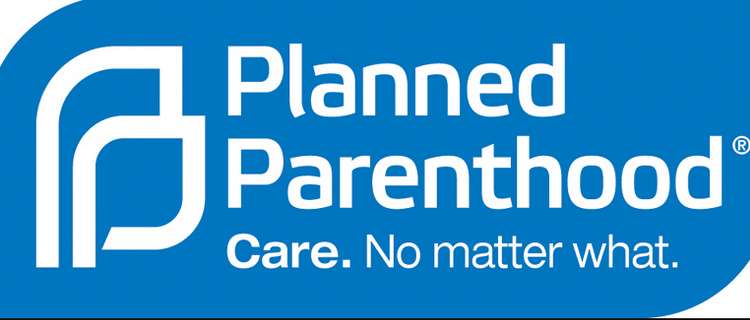How difficult is sex selection for pregnant women in New Zealand?
NewsHub 19 August 2018
Debate about sex selection in Australia has arisen from shocking new research suggesting mothers are aborting their babies if they are not boys.
So how difficult is sex selection for pregnant women in New Zealand?
In New Zealand, abortion is prohibited under the Crimes Act, except for in limited circumstances – including when the pregnancy could lead to significant physical or mental harm to the mother, or if the sexual intercourse was between a parent and child.
As highlighted by US Library of Congress’ Senior Foreign Law Specialist Stephen Clarke, it does not appear New Zealanders could legally abort due to not liking the sex of their baby.
That is unless consultants on the abortion deemed forcing a woman to give birth to a child of unwanted sex would pose a serious danger to her mental health.
The Human Assisted Reproductive Technology Act 2004 states that embryos cannot be implanted into humans on the basis of sex, and no procedures can occur to increase the probability of specified sex.
But the Australian study’s lead researcher Dr Kristina Edvardsson said laws had limited effects on sex selection, and a conversation needed to happen to show the value of all sexes.
While there is no set amount of weeks a woman must wait to find out the sex of their baby, the Ministry of Health notes it is common during an anatomy scan at 18-20 weeks. That is at the top end of when abortions can successfully be performed in New Zealand.
According to Abortion Services New Zealand, anything past 20 weeks would potentially require surgery in Australia.
The late prediction of a baby’s sex through ultrasound and difficulty in getting an abortion so late in a woman’s pregnancy makes sex selection difficult, although in Australia blood tests can provide the sex information at around 10 weeks.
In 2009, gender tests were introduced for women to conduct at home at only eight weeks pregnant, when an abortion is much easier to be obtained.
The tests are reportedly 90 percent accurate, but caused outrage with some medical associations.
“Are people going to use this to choose the sex of their baby very early in pregnancy, and if it’s not the sex they desire, are they going to be seeking termination?” said the Australian Medical Association at the time.
The ‘Gender maker – Boy or a Girl Gender Prediction Test’, promises you don’t need to wait a full 20 weeks for an ultrasound, but only six weeks to find out the baby’s sex in “two easy steps.”
Marketed on the New Zealand fertility and pregnancy solutions site Baby 4 You for only $32, the site notes the “prenatal sex determination devices” are illegal in countries like India, China, and Pakistan.
New Zealand website Kidspot also provides several “popular at-home techniques for pre-conceptual sex selection”, which range from dietary changes originating from German studies in the 1940s that looked at the reproduction of worms, to the timing of sexual intercourse.
According to StatsNZ, roughly 97 males were born for every 100 females in New Zealand during 2017.
That’s below what is considered by the World Health Organisation as the natural sex birth ratio of 105 boys to 100 girls, but above the 95.8:100 ratio of New Zealand in 2006.
It’s also well below the Australian numbers highlighted in the research, which suggested that in some migrant communities, 125 males were being born for every 100 females.
In India, the Government estimated there are 2 million “missing girls”, referring to those who have been aborted due to sex selection.
https://www.newshub.co.nz/home/new-zealand/2018/08/how-difficult-is-sex-selection-for-pregnant-women-in-new-zealand.html





